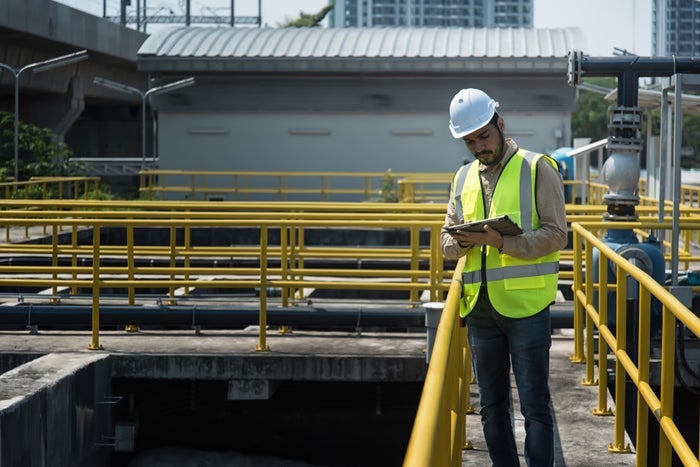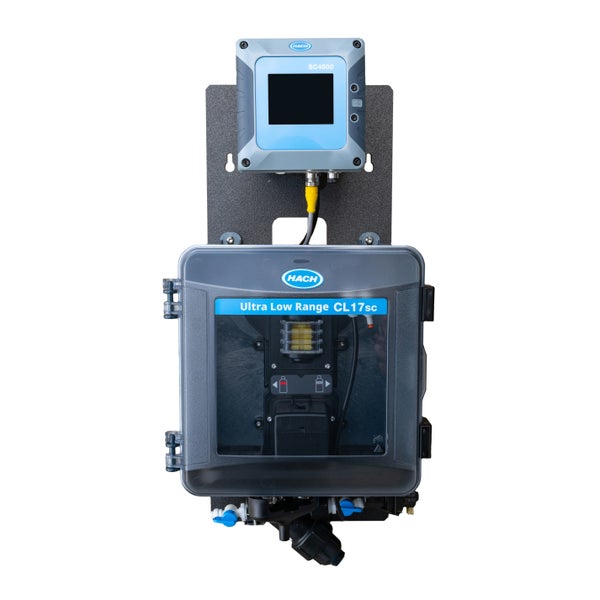Nitrate Measurement with Hach’s NT3100sc UV Sensor
Background

One of the common goals at a wastewater treatment plant (WWTP) is the reduction of nitrogen, as it has negative effects on the water bodies it discharges into such as eutrophication, fish toxicity, and high oxygen consumption. To ensure that the nitrogen concentration in the WWTP discharge meets regulated limits, the nitrification and denitrification processes require optimal control. Therefore, instrumentation needs to be placed in the relevant locations of the plant to measure the different forms of nitrogen to achieve a stable and cost-effective operation. Hach® offers a solution to measure nitrate (NO3) with the NT3100sc UV Nitrate Sensor for process control and monitoring.
Elimination of Nitrogen in Wastewater

Mainly organic nitrogen and ammonium nitrogen are present in the inlet of a WWTP. Through ammonification, organic nitrogen turns into ammonium. This process starts in the sewage system and continues in the treatment plant. When nitrogen arrives at the biological stage, it is largely transformed into ammonium. During nitrification, ammonium is oxidized via nitrite to nitrate, requiring oxygen. In denitrification, nitrate is converted to nitrogen gas that can leave the system, with nitrite as a possible intermediate. Denitrification can be configured as pre-aeration, post-aeration, simultaneous, or intermittent. Success requires sufficient easily biodegradable carbon, optimized internal recirculation, and the absence of dissolved oxygen. Figure 1 illustrates the removal process.
Constant and systematic measurement of individual nitrogen parameters enables long-term stable performance of nitrogen removal and compliance with total nitrogen limits. Measurements can be conducted online and in the laboratory. Figure 2 indicates key measuring points for nitrate in a WWTP.
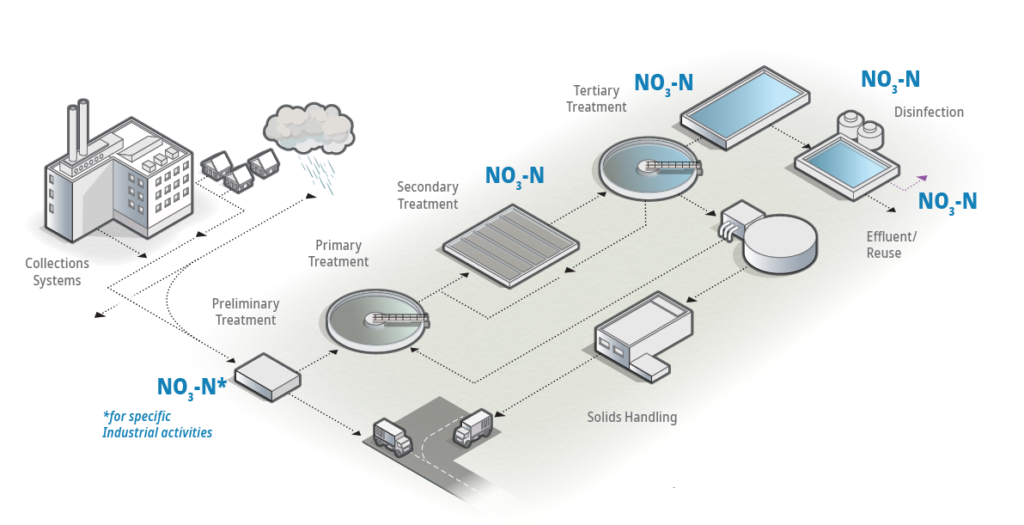
Online Sensor
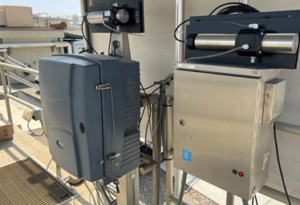
The NT3100sc online sensor is based on optical UV measurement to detect nitrate. Path lengths of 1 mm, 2 mm, and 5 mm make it suitable for municipal wastewater, industrial wastewater, drinking water, and reuse processes. An integrated self-cleaning wiper minimizes fouling, while turbidity compensation reduces errors from interference. The sensor is compatible with Hach SC controllers and Claros™, supporting operators with data management and trouble-free operation. Real-time data allows operators to detect process changes early and make adjustments to avoid upsets. With simple handling and easy installation, the sensor is immediately ready for use.
Applications in Municipal Wastewater Treatment
| Treatment Stage | Application | Measuring Point | Purpose |
|---|---|---|---|
| Influent | Monitoring inlet | WWTP inlet |
|
| Secondary Treatment | Monitoring denitrification | Denitrification |
|
| Monitoring nitrification | Aeration tank |
|
|
| Monitoring simultaneous nitrification and denitrification | Aeration tank |
|
|
| Monitoring post-denitrification | Denitrification |
|
|
| Monitoring swing zones | Aeration tank |
|
|
| Monitoring deammonification in main stream | Deammonification tank |
|
|
| Effluent | Monitoring of disinfection stage | Disinfection effluent |
|
| Monitoring effluent | WWTP effluent |
|
Key Outcome: The Hach NT3100sc UV Sensor provides reliable, low-maintenance nitrate measurement, supporting stable nitrogen removal, reduced operating costs, and compliance with environmental regulations in wastewater treatment.
Additional Resources

Online Chlorine Monitoring
go to HACH.COMWater InsightsAccurate chlorine monitoring is essential for regulatory compliance and process control in municipal and industrial applications. Choosing the right analyzer can help reduce chemical costs, minimize downtime, and ensure consistent water...
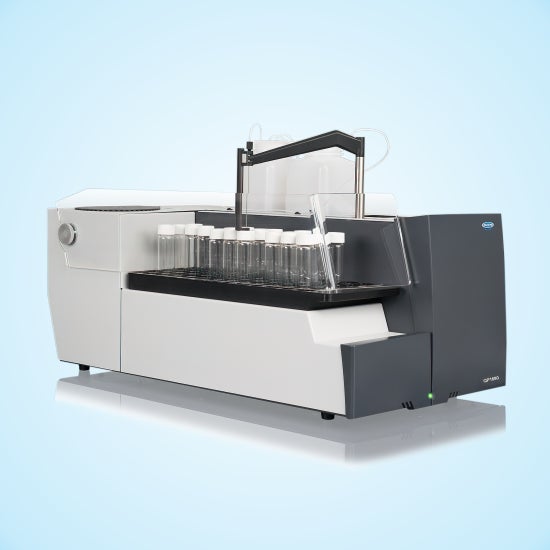
Determination of TOC (0-1000 ppm) and TNb (0-100 ppm) in Municipal Wastewater According to EN 1484, USEPA 415.1 and 9060A
go to HACH.COMWater Insights TOC is a valuable sum parameter in municipal wastewater (WW) monitoring. It can be used as a more cost-effective and non-toxic surrogate for COD analysis for process control which also avoids production of toxic waste. TOC is also suitable...
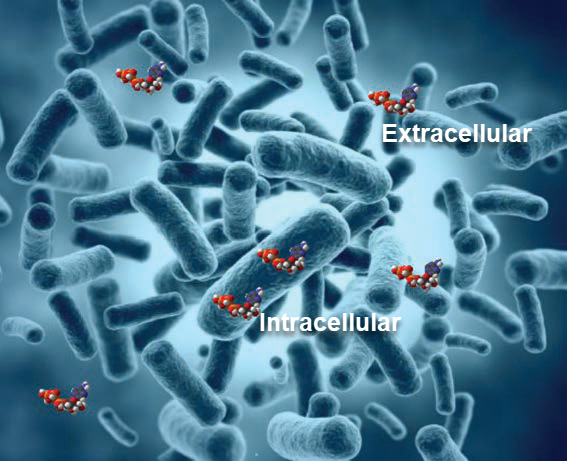
Reliable Monitoring of Adenosine Triphosphate (ATP) in Water Reuse and Reverse Osmosis Treatment
go to HACH.COMWater InsightsCase Study: Orange County Water District’s Groundwater Replenishment System (GWRS) Hach® EZ7300 Adenosine Triphosphate (ATP) Analyzer successfully used as a measurement surrogate for log removal value to monitor reverse osmosis performance...
Privacy Policy | Cookie Policy | Cookie Settings | Do Not Sell or Share My Data
©Hach All rights reserved.

